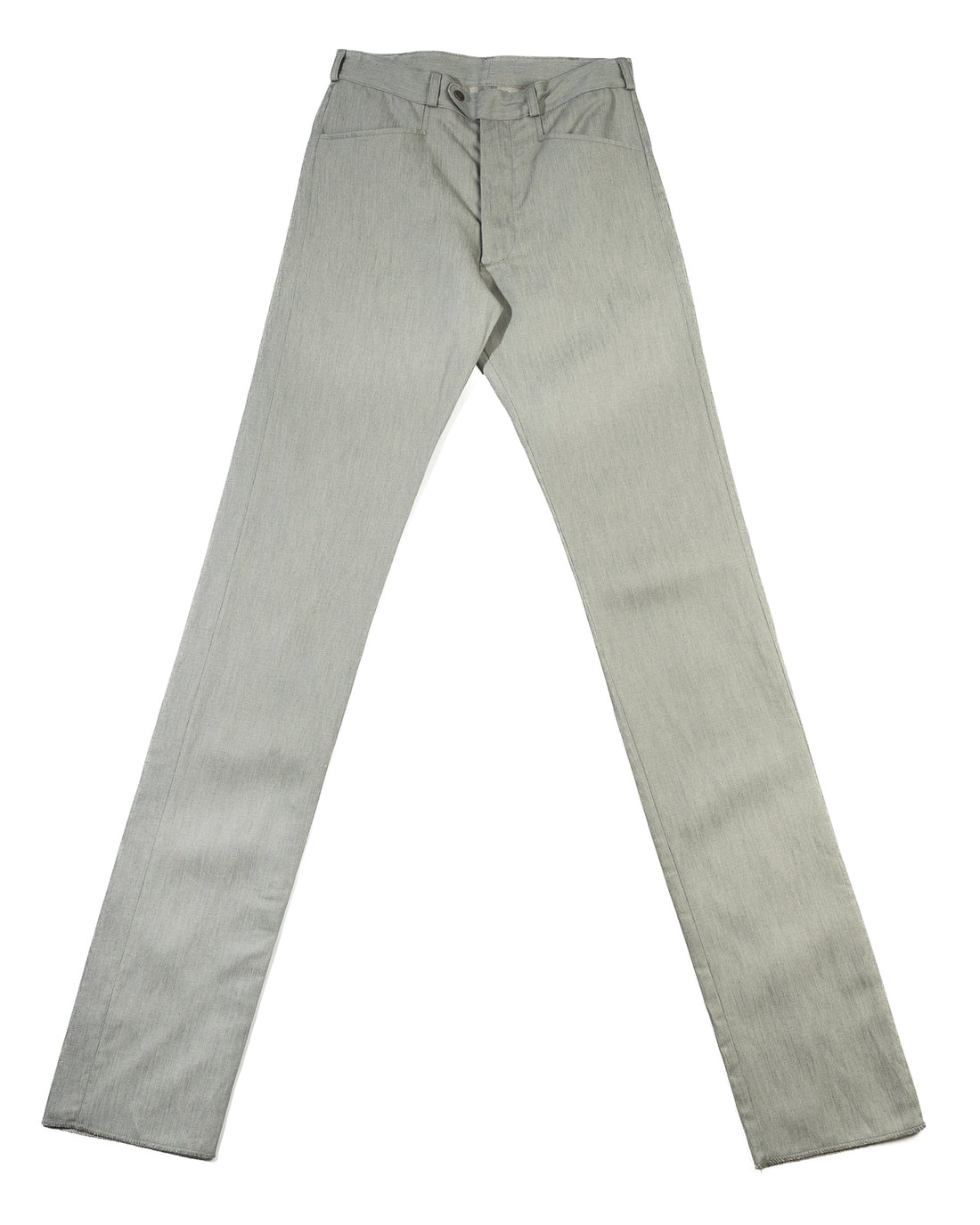Y'2 LeatHER
The way we do business here at Standard & Strange means that picking up new brands is a very lengthy and thoughtful process for us. We value deep partnerships with the people behind the products as much as we do the work that they do. When we first encountered Y’2 Leather, we knew we had found something very special, a brand whose work we could stand behind confidently and a brand who we could really partner with. What made it much, much harder was that we made our first couple orders without having met with the brand at all thanks to COVID.
Y’2 is a small family business making leather jackets in Osaka, Japan. More importantly, when we say ‘making’ we mean that their office, store, and factory are all tucked into one tidy little building in Higashinari Ward. They don’t have to compete with other clients at a contractor; nor pad their orders to hit minimums; and they have complete control over their production, starting with the tanning.

























